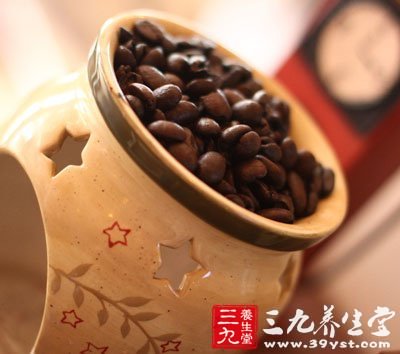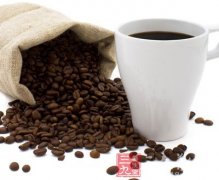The huge hidden energy of small coffee beans
Editor's note: small coffee beans hide a lot of energy. So, where are the best coffee beans? Where is the origin of coffee beans? What is the standard of good coffee? Now let's take a look at what the article says.
Coffee beans "would rather have balls".
Thousands of years ago, when Chen Sheng and Wu Guang rose up, he shouted: how dare a prince? Of course, it sounds very pleasant to us, who are used to the idea of equality for all, but if this sentence is put on the coffee beans, it is estimated that the beans will jump out and express their opposition.
We all have to talk about birth! In our view, they are all small black charcoal-like coffee beans. According to Liang Chaoxiong, an experienced coffee connoisseur, there are basically three kinds of coffee beans: arabica, robusta and liberica.
↓ Click on the picture to go directly to the next page ↓

Although there are as many as 40 species of coffee plants. Among them, Lobusta is the most highway. it belongs to lowland coffee, with strong disease resistance and the highest yield, accounting for 60% to 70% of the output of coffee beans on the market. It can be found in Southeast Asia and West Africa. Its caffeine content is also high, instant coffee, canned coffee is the favorite.
Arabica is a typical "alpine flower", belonging to highland coffee, and most of the fine coffee comes from this category. Coffee such as Blue Mountain, which is an idol in the hearts of coffee fans, is also an Arabica species.
It has appeared for the longest time in human history, and it is said that the coffee that was first introduced into the western world from the Arab world is Arabica coffee. It is the only coffee that all native species can drink directly, but it has a fatal point is its low disease resistance, how low is it?

Sri Lanka was once a famous coffee-growing country, but all Arabica coffee growers in the country went home because of a coffee leaf rust, and they had no choice but to switch to black tea. It can be found in South America, Central America, Africa and parts of Asia.
When it comes to the least minority, Liberia is not as delicious as Arabica, and there is no large amount of money injected into planting, usually only for communication between experts or for research.
Important Notice :
前街咖啡 FrontStreet Coffee has moved to new addredd:
FrontStreet Coffee Address: 315,Donghua East Road,GuangZhou
Tel:020 38364473
- Prev

Three steps to buy coffee beans
1. Grab a handful of coffee beans and feel whether they are solid beans with the palm of your hand. 2. Whether it is enough to smell the aroma close to the nose. 3. Put a bean into your mouth and bite it twice. There is a clear sound indicating that the bean is well preserved and not damp. If you want to buy a single product of coffee beans, grab one in the palm of your hand, in addition to the above judgment, but also take a look at the color of each bean.
- Next

The huge hidden energy of small coffee beans (2)
Highland coffee is superior to others in the three major coffee beans, players are after Arabica beans. This is because highland coffee is better than lowland coffee. Therefore, when commenting on the quality of coffee, the height of the origin is often included in the evaluation criteria. The higher the altitude is and the lower the relative temperature is, the fruit of coffee can ripen slowly, so the fully ripe beans have good expansibility and are easy to grow.
Related
- Beginners will see the "Coffee pull flower" guide!
- What is the difference between ice blog purified milk and ordinary milk coffee?
- Why is the Philippines the largest producer of crops in Liberia?
- For coffee extraction, should the fine powder be retained?
- How does extracted espresso fill pressed powder? How much strength does it take to press the powder?
- How to make jasmine cold extract coffee? Is the jasmine + latte good?
- Will this little toy really make the coffee taste better? How does Lily Drip affect coffee extraction?
- Will the action of slapping the filter cup also affect coffee extraction?
- What's the difference between powder-to-water ratio and powder-to-liquid ratio?
- What is the Ethiopian local species? What does it have to do with Heirloom native species?

